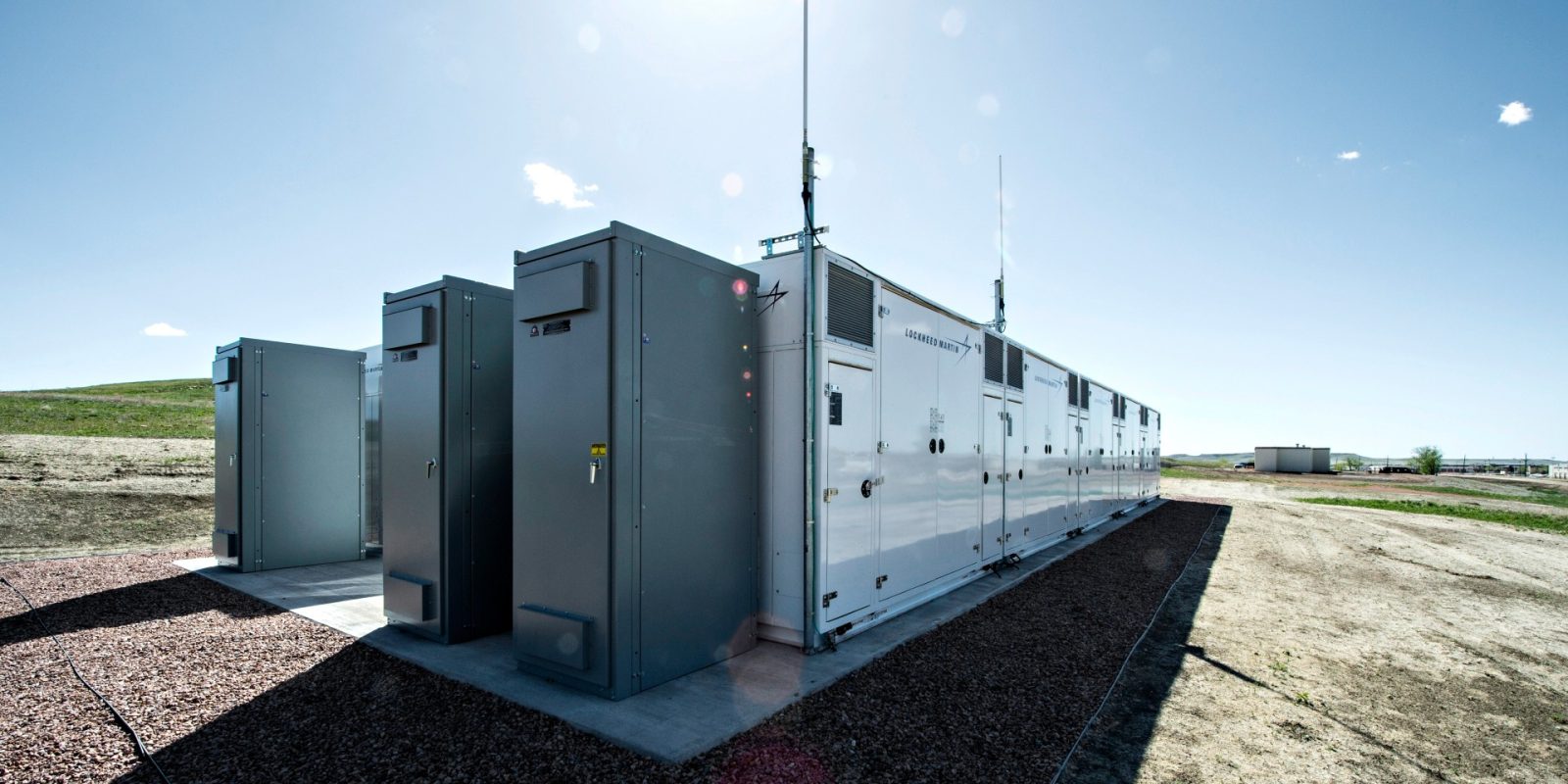
Power plant developers and operators are expected to add 51 gigawatts (GW) of new solar and battery storage projects to the US power grid from 2022 to 2023, which will make up 60% of new generating capacity, according to the US Energy Information Administration (EIA).
UnderstandSolar is a free service that links you to top-rated solar installers in your region for personalized solar estimates. Tesla now offers price matching, so it’s important to shop for the best quotes. Click here to learn more and get your quotes. — *ad.
A look at the EIA’s December 2021 spreadsheet indicates that the other 40% is mostly made up of onshore wind (15 GW) and natural gas (16 GW).
Renewables and battery storage increased significantly in the United States during 2021. This was due to tax credits and falling technology costs, especially for batteries, according to the EIA.
Utility-scale solar accounts for 41 GW (48%) of planned capacity in the United States during the next two years. More utility-scale solar capacity was added (24 GW) to the US power grid than natural gas (12 GW) between 2020 and 2021, and the EIA expects that trend to continue over the next two years.
In 2022, power plant developers and operators expect to add 22 GW of solar capacity to the grid, which is a lot more than the 13 GW added in 2021. The increase is due to the falling costs of solar and the 2020 extension of the solar investment tax credit: 26% in 2021 and 2022, 22% in 2023, and 10% in 2024 and after.
In the next two years, power plant developers and operators expect to add 10 GW of battery storage capacity. More than 60% of this capacity will be paired with solar. In 2021, 3.1 GW of battery storage capacity was added in the United States, a 200% increase. This uptick was due to declining costs for battery storage along with favorable economics when the technology is deployed with wind and solar.
More than half of the 51 GW of planned solar and battery storage within the next two years will be in just three states: Texas with 12 GW (23%), California with 11 GW (21%), and New York with 4 GW (7%).
Read more: In a US first, California will pilot solar-panel canopies over canals
Photo: Dennis Schroeder/NREL
FTC: We use income earning auto affiliate links. More.





Comments